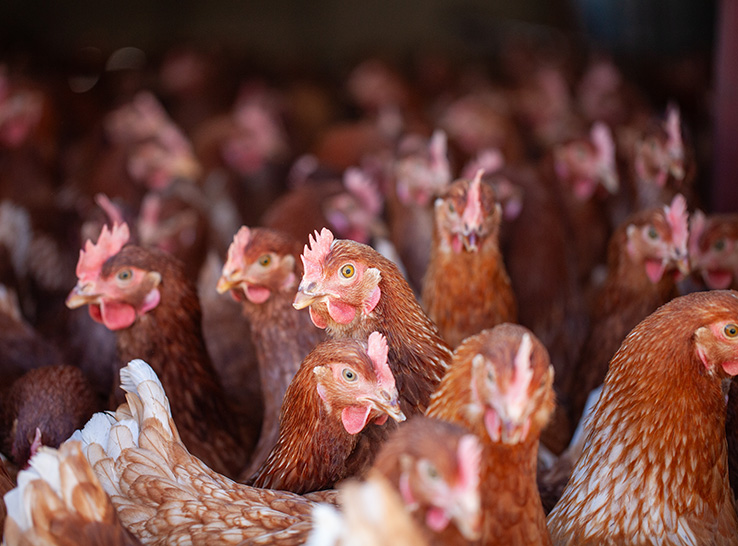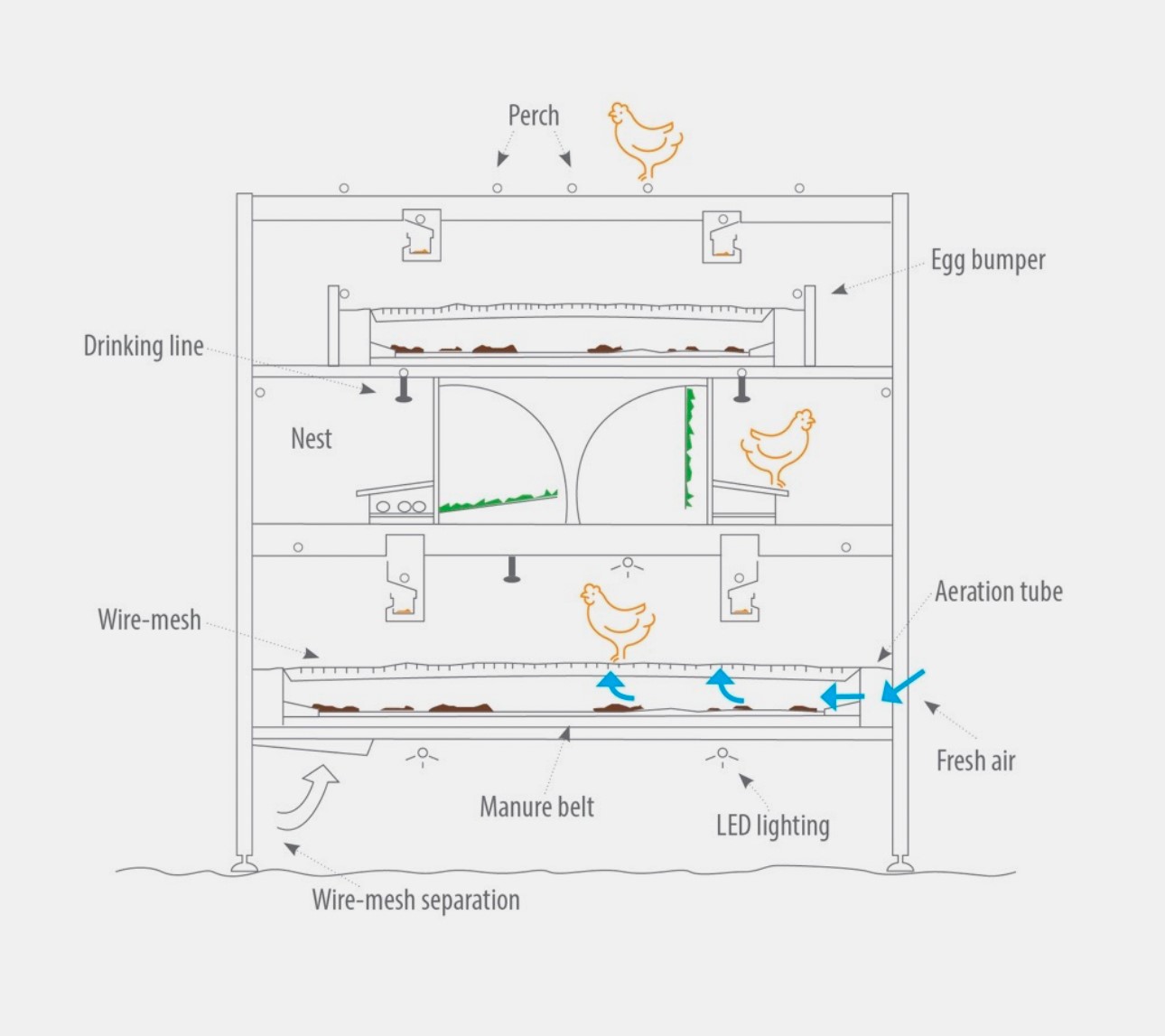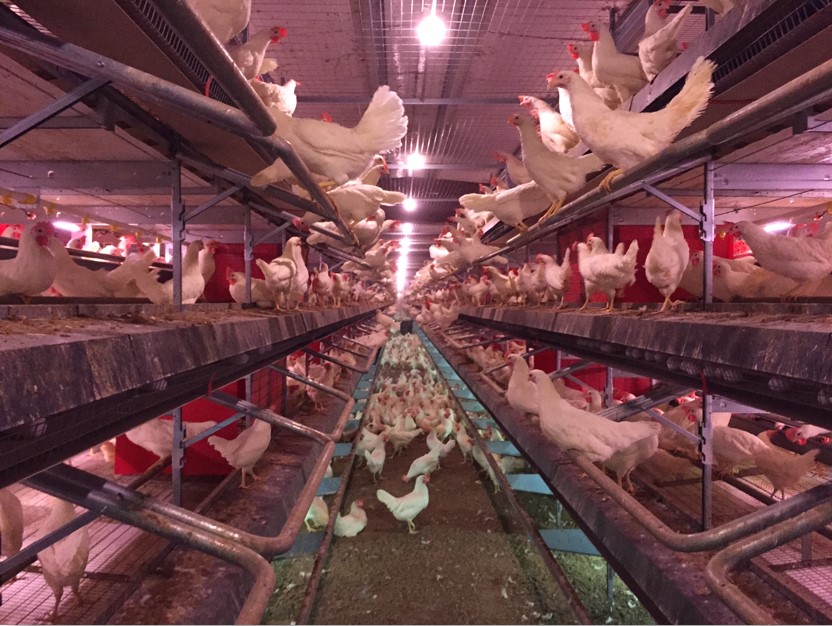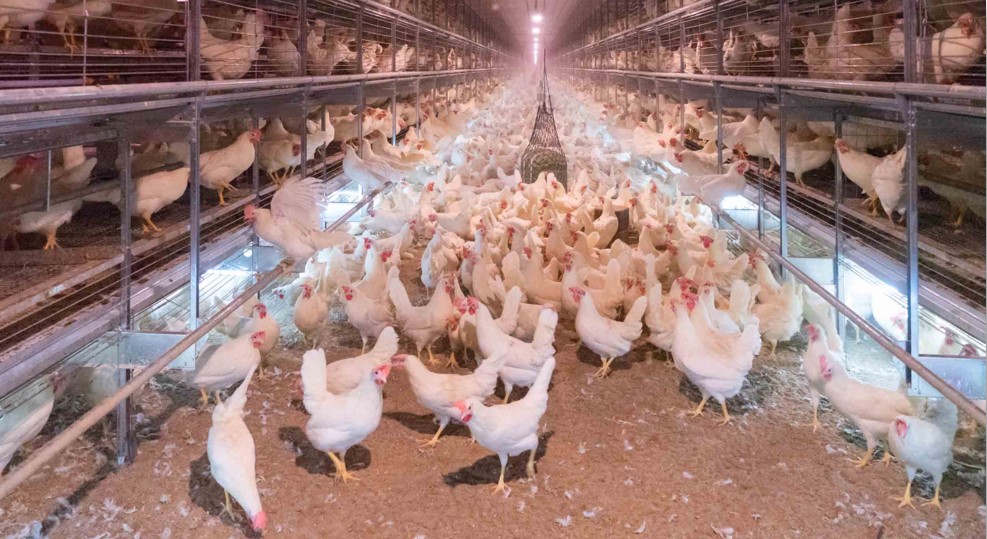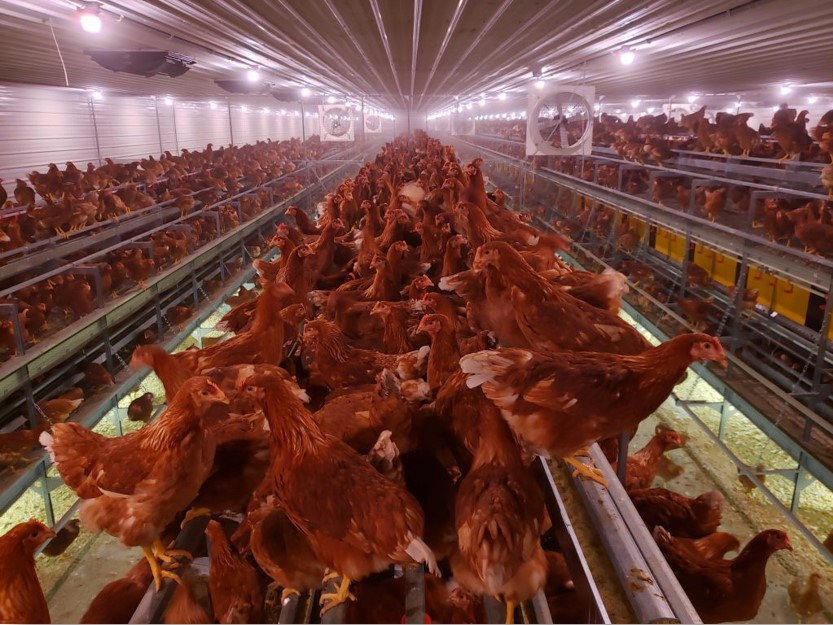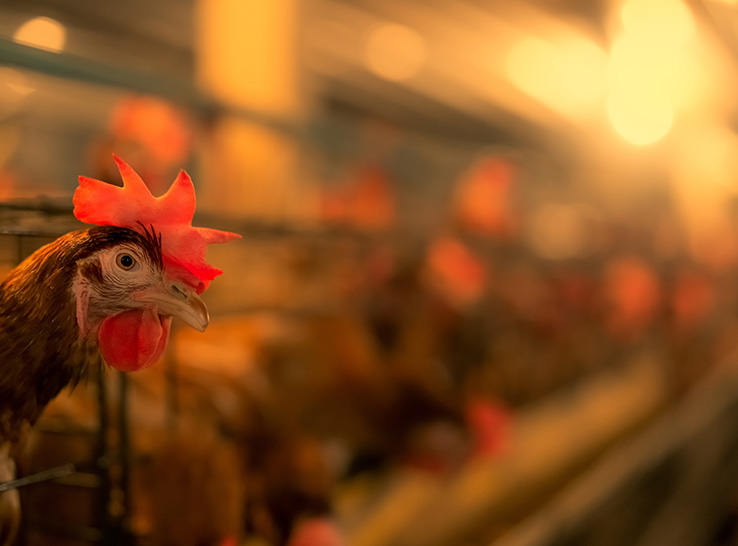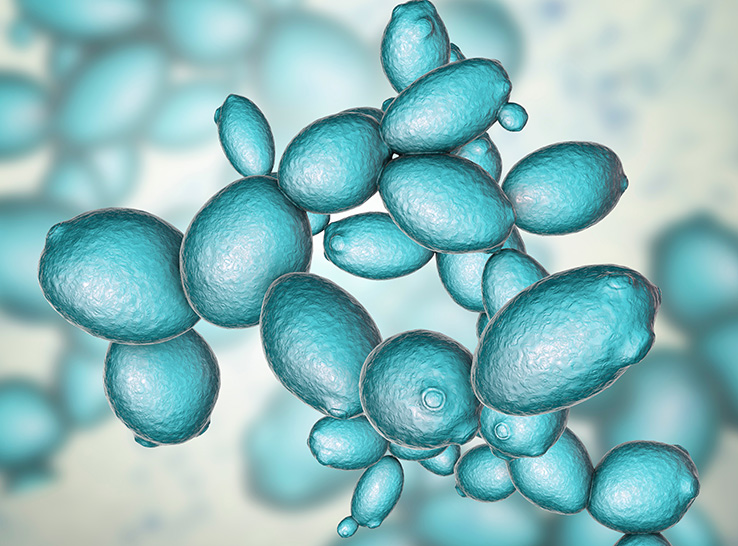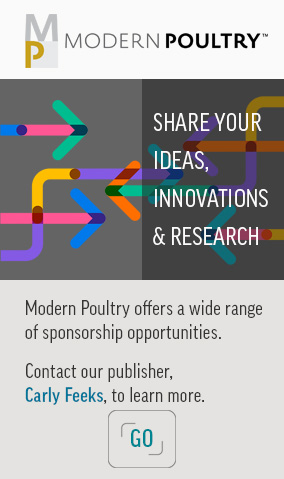By Erica Bongers, MSc
Animal lighting application specialist
ONCE by Signify
Lighting has emerged as one of the most powerful tools to manage and optimize layer performance. It profoundly impacts production, health and overall welfare.
Whether managing a large aviary or floor-based system, the right lighting approach can drastically improve outcomes. Among the most advanced lighting technologies, NatureDynamics stands out as a pioneering solution that tailors light schedules, spectrum, intensity and distribution to the biological needs of layers.
This article explains how the NatureDynamics lighting system can transform layer management through science-backed solutions.
Importance of light in poultry management
Lighting plays a fundamental role in controlling the physiological and behavioral responses of poultry. There are four main aspects of lighting that must be optimized to manage birds effectively: schedule, spectrum, intensity and distribution.
Schedule refers to the timing and length of light exposure. This includes the photoperiod, the number of light hours a bird receives in a 24-hour cycle. The right schedule helps synchronize the bird’s circadian rhythm with environmental cues, which is crucial for reproductive and metabolic functions.
Spectrum involves the wavelengths of light perceived by the birds. Different wavelengths have distinct biological effects, and birds respond to light differently at various stages of life.
Intensity refers to how bright the light is perceived, influencing behavior and biological processes.
Distribution addresses how evenly light is spread across a barn or system, which can directly impact bird behavior and egg-laying patterns.
For layers, the integration of these four factors is vital. When done correctly, lighting optimizes layers’ reproductive physiology, enhances immune function and improves egg production. Understanding the scientific principles behind lighting is essential for developing a system that benefits flock health and productivity.
Science of red light, reproductive physiology
For laying hens, red wavelengths play a critical role in managing reproductive cycles. Birds are unique in that they can perceive light through their eyes and specialized brain regions, such as the hypothalamus and pineal gland.
Red light, specifically, penetrates the skull and reaches these regions, helping regulate melatonin production. Melatonin is a hormone that influences circadian rhythms, reproductive hormone levels and immune function.
Melatonin levels cycle during the day according to the day/night rhythm: Levels rise during the dark phase, when melatonin is produced, and are reduced during the light phase. Thus, photoperiod strongly influences circulating melatonin levels.
Melatonin initiates a hormone cascade that, in turn, regulates the production of gonadotropin, which controls sexual development and the onset of egg-laying. Long-day breeders, like chickens, rely on extended periods of light to initiate egg production, making photoperiod management essential in a lighting system.
By simulating the lengthening days of spring, NatureDynamics can stimulate egg production in a natural, healthy way. This process, known as photostimulation, ensures that the hens begin laying at the optimal time without prematurely entering reproductive stages. During the pullet phase, short-day lighting is used to support growth and delay sexual maturity, ensuring a smooth transition into the laying stage when the time is right.
Dynamic lighting in cage-free systems
Aviary and cage-free systems offer birds more freedom of movement, which can present unique challenges for flock management. One of the most significant issues is ensuring that birds distribute evenly across the three-dimensional space, as crowding or clustering can lead to negative behaviors like piling or feather pecking. Moreover, hens in these systems are prone to laying eggs on the floor if they don’t have clear signals guiding them to nesting areas.
NatureDynamics addresses these challenges through its dynamic control of light distribution. By using independent dimming controls for each tier of the system, NatureDynamics can encourage birds to move to different areas at different times of day.
For instance, during the dusk period, the under-system lights can be dimmed first, encouraging birds to move upward and roost on higher perches. Gradual dimming over a 30-minute period mimics a natural sunset, giving birds time to find a comfortable perch and settle in for the night.
This gradual dimming process not only improves bird distribution but also helps reduce the incidence of floor eggs. By using brighter, cool lighting in open areas and dimmer, red-enriched light in nesting spaces, hens are naturally guided to lay in the appropriate areas. This level of control ensures that bird welfare and production goals are met simultaneously.
Optimizing spectrum for layer production
The spectrum of light used in poultry lighting systems can vary significantly depending on the age and stage of the bird. Collaborative research between Signify and Wageningen University & Research, located in the Netherlands, has shown that chicks and pullets have different spectral preferences at different life stages.
During brooding, chicks prefer light that is rich in red wavelengths, which supports their early development. As they mature, their preference shifts toward blue and green wavelengths, which promote foraging and exploratory behaviors. Finally, once they reach sexual maturity, hens return to a preference for red-enriched light, which supports egg-laying behaviors.
NatureDynamics takes advantage of these shifting preferences by offering fully customizable lighting solutions that adjust the light spectrum based on the birds’ developmental stage. During brooding, the system provides warm, red-rich light, which can then be gradually adjusted to cooler wavelengths during the pullet stage. As the hens transition into laying, the system returns to a dim, red-enriched spectrum that promotes nesting and oviposition behaviors.
Managing stress and feather pecking with light
Feather pecking is one of the more common and problematic issues in flock management. It can escalate quickly and lead to severe injuries or even mortality. Stress is a major trigger for feather pecking, and light plays a role in either exacerbating or alleviating this behavior.
Through its dim-to-red technology, NatureDynamics offers an effective solution to manage stress-related behaviors like feather pecking. When birds become overly aggressive or stressed, dimming the lights and shifting to a red spectrum can help calm the flock. Red light masks visual stimuli such as blood or sores, which reduces further pecking, while dim lighting lowers overall activity levels.
Once the issue is under control, the system can gradually return to a brighter, full-spectrum light.
Fully customizable lighting solution
NatureDynamics sets itself apart from traditional lighting systems through its unparalleled flexibility. At its core, the system uses independent red, green/white and blue channels, each of which can be dimmed or brightened based on the needs of the flock. The wireless Zigbee control system allows each fixture to be assigned to different zones, giving managers full control over the light distribution, schedule and spectrum in every area of the barn.
This level of control is essential for adapting to the ever-changing needs of the flock. For example, during periods of high heat, managers can adjust the light intensity and spectrum to encourage lower activity levels and reduce the heat produced by the birds. During depopulation, switching to monochromatic blue light has been shown to reduce wing flapping and stress, making the process smoother for both birds and handlers.
Conclusion
In today’s poultry industry, optimizing layer production, health and welfare requires a dynamic approach to lighting. NatureDynamics is not just another lighting system — it’s a comprehensive solution that integrates the latest research in poultry biology with cutting-edge technology.
By tailoring light schedules, spectrum, intensity and distribution to the needs of the flock, NatureDynamics offers poultry managers unprecedented control over their operations. Whether it’s reducing stress, preventing floor eggs or optimizing reproductive performance, this dynamic lighting system is a game-changer for the industry. Through NatureDynamics, we’re not just lighting barns — we’re lighting the future of poultry management.


